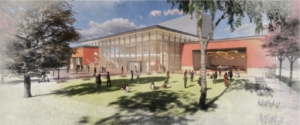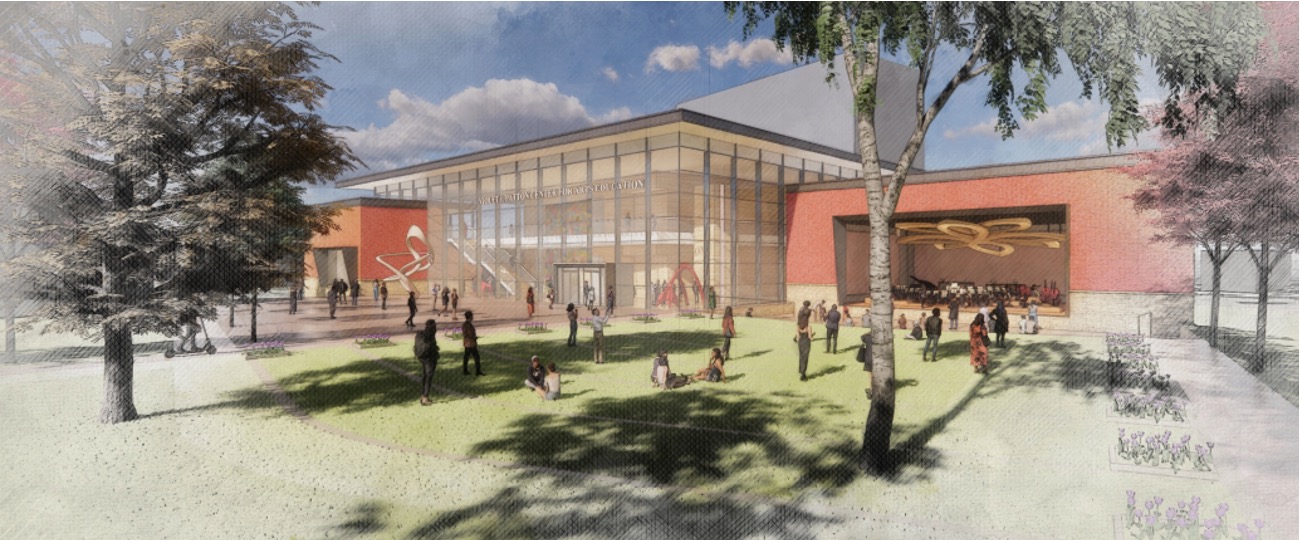America’s aging public school infrastructure has been neglected for decades but that is changing rapidly now. Significant funding support is available from the federal government’s Renew America’s Schools Program, making revenue available for every level of the country’s education network. Many 50-year-old structures in various stages of disrepair will receive priority.
The grant program also prioritizes schools with plans to implement projects that lower energy costs, reduce emissions, and create healthier and safer learning environments. A first round of funding was announced last month, and 24 projects now have additional financial support.
Another federal program that supports education projects is the Research and Development Infrastructure Grant Program (RDI). Approximately $100 million in grant opportunities were allocated for 2023 specifically for Historically Black Colleges and Universities (HBCUs), Tribally Controlled Colleges and Universities (TCCUs), Minority-Serving Institutions (MSIs), and underserved students. These funds will also prioritize projects that lower energy costs. A total of $25 billion has been made available for higher education projects since 2021. Examples of upcoming projects are represented below.
A large renovation/replacement project carrying an estimated cost of $404.8 million is being planned for the Whittier Regional Vocational Technical High School in Haverhill, MA. The project will be designed to replace a very old school building with a new facility. The current school building is outdated and in dire need of better fire safety upgrades, enhanced accessibility, and significant expansion. It is costly to operate and inefficient in numerous aspects. The project will deliver new space for vocational training, academic classes, recreational facilities, and community programs. New athletic fields will also be developed for baseball, softball, tennis, and basketball. Construction is scheduled to launch in 2025.

A rendering of the proposed Patton Arts Center. Courtesy of Ohio University.
Officials at Ohio University have announced a $94.2 million project to renovate, relocate and rebuild its College of Fine Arts facilities on the university campus in Athens. The objective of the design phase is to reimagine and expand the existing centers to make new space available for art and artwork, performances, music, and film. The project will include work on the Patton Arts Center, which will contain a 400-seat multi-purpose theater, as well as a performance and rehearsal space open to the outdoors, a central lobby, art gallery, and exhibition space. The campus’ Seigfred Hall will be renovated and redesigned for the Schools of Art and Design and Film and Theater. Construction will begin in June 2024.
A feasibility study conducted on a 63-year-old East Longmeadow High School building outlined recommended renovations for a 63-year-old facility in East Longmeadow, Mass. However, rather than repair and renovate, a decision was made to construct a new facility on the same campus. The new structure will be designed to include an auditorium and teaching spaces for science, engineering, media, and culinary arts. Also included will be a media center, outdoor teaching areas, and space for indoor community meetings. A rooftop solar array is planned as well as EV charging stations, and a more efficient mechanical system. Athletic and recreation fields will be updated, and a new stadium press box and concession stand will be constructed. Additionally, the installation of a backup generator will provide support for the newly installed air conditioning and heating systems. The project has an estimated cost of $177.5 million and construction is scheduled for 2024.
Not all education-related projects are being funded with federal grants, many new initiatives are receiving state and local funding as well. Officials at West Virginia State allocated $25 million for a new aviation hanger on the Pierpont Community and Technical College campus in Fairmont, West Virginia. The high demand for the school’s aviation program was the motivation and the new facility will be designed to accommodate two bay hangars, lecture halls, a testing center, and labs. New workshops and classrooms will also be included.
Voters in Springfield Missouri approved funding to relocate the Pipkin Middle School campus. Built in 1925, the original Pipkin school facility is outdated, inefficient, and unable to meet demand. The new Pipkin campus will have more classrooms, new science labs, event space, and areas designed for special education instructors and students. There will be three separate spaces for band, orchestra, and choir, a gymnasium, and a physical education area. Solicitation documents for the $53 million effort will be released in between November and December of 2023. Construction is set to begin in early 2024.
Voters in Grand Forks, North Dakota approved funding for a $79 million project that will redesign the Valley Middle School and demolish the current middle school location. The old building was constructed in 1954 and suffers from multiple structural issues, namely a faulty heating system and a limited number of electrical outlets. The new building’s exterior will be constructed using precast materials, metal panels, and brick. School offices will be at the front of the building. Construction is scheduled for 2024 when the design phase has been completed.
Now is the time that public officials and interested contractors should be talking. When design phases are completed, projects usually move quickly and once solicitation documents are being drafted, communication is often no longer possible.







